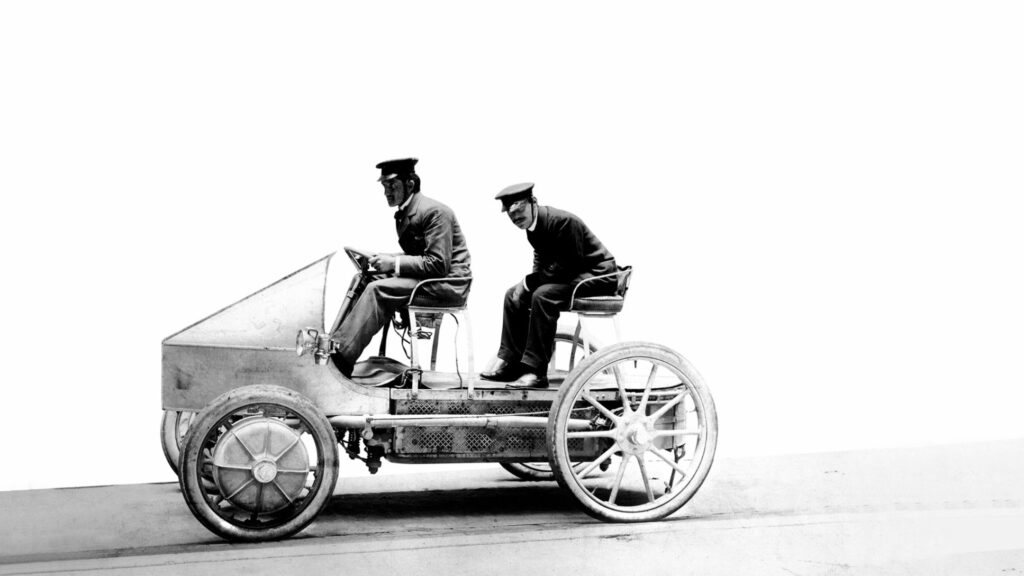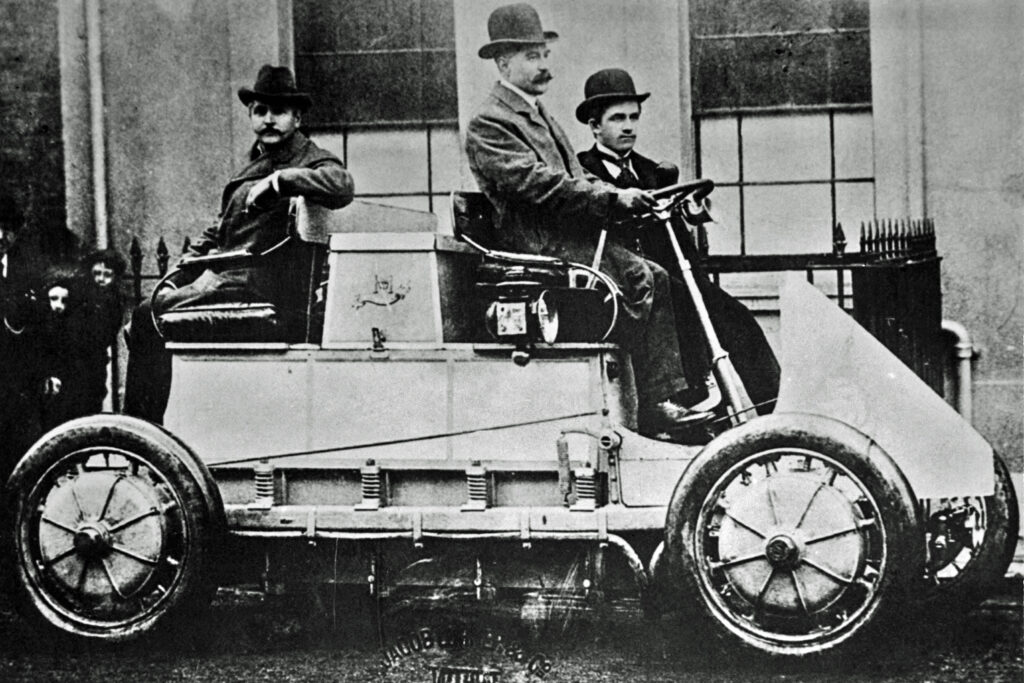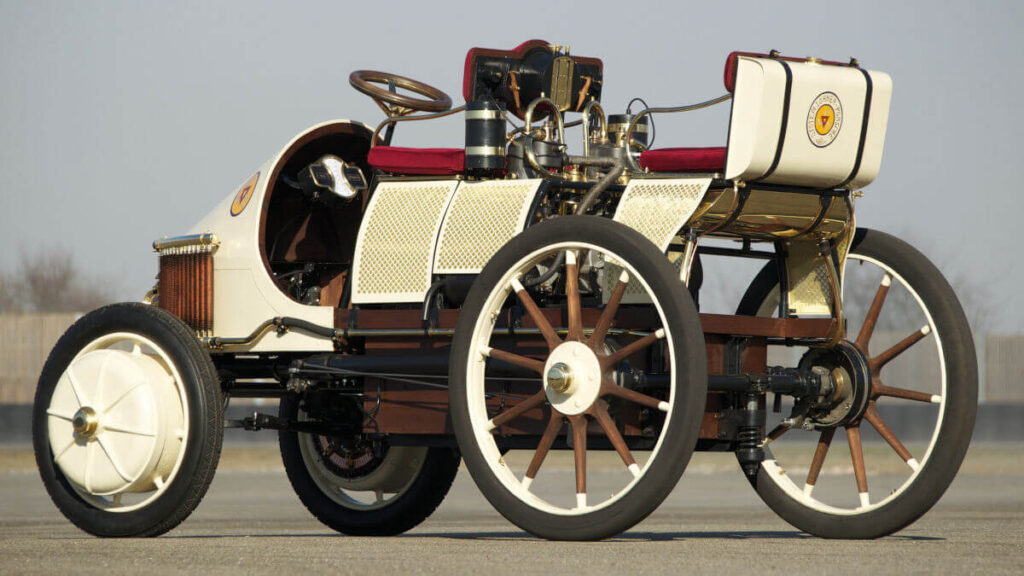The Lohner–Porsche, designed by Ferdinand Porsche in the early 1900s, is a pioneering marvel in automotive history. This vehicle, often considered the world’s first hybrid car, combined electric and gasoline power, showcasing innovation far ahead of its time. CLcompany is delighted to feature the facts about the 1900’s Classic Lohner–Porsche.
Flashback
The history of the Lohner–Porsche begins in the late 19th century with Jacob Lohner, an Austrian coachbuilder who foresaw the potential of electric vehicles. Seeking innovation, Lohner hired a young engineer named Ferdinand Porsche in 1898. Porsche brought a fresh perspective and remarkable ingenuity to the project. By 1900, they unveiled their first electric car, the “Lohner-Porsche Electromobile,” at the Paris Exposition. This vehicle captivated the public and industry experts alike with its cutting-edge electric wheel hub motors. Encouraged by this success, Porsche further innovated by combining electric motors with a gasoline engine to create the world’s first hybrid vehicle. This groundbreaking work established Ferdinand Porsche’s reputation as a pioneering automotive engineer and set the stage for future advancements in hybrid technology.
Years in production – 1900 to 1905
The Design

The design of the Lohner–Porsche in the early 1900s was a remarkable blend of elegance and engineering innovation. Visually, it retained the stately, carriage-like appearance typical of the era, with a sleek, aerodynamic body crafted primarily from lightweight aluminum. This choice of material was crucial for enhancing the vehicle’s performance and efficiency. The most groundbreaking aspect of its design was the incorporation of electric hub motors directly mounted in the wheel hubs, a radical departure from the conventional drivetrain systems of the time. This configuration eliminated the need for a central engine and transmission, allowing for a more streamlined and efficient power delivery.
Inside, the Lohner–Porsche offered a relatively spacious and comfortable interior, reflecting the luxurious standards of early 20th-century automobiles. The seats were upholstered in fine materials, and the layout was designed to provide a smooth and quiet ride, leveraging the silent operation of electric motors. The control mechanisms, including the steering and braking systems, were advanced for their time, providing a level of precision and ease of use that was uncommon in other vehicles of the period. Overall, the Lohner–Porsche’s design not only emphasized practicality and performance but also showcased a forward-thinking approach to automotive engineering that would influence future generations of vehicle design.

Top Specifications of Lohner–Porsche
- Displacement – N/A (electric motors, no displacement)
- Power – 3.5 kW per wheel hub motor
- Transmission – None (direct drive electric hub motors)
- Top speed – 37 mph (60 km/h)
- Kerb weight – Approximately 1,800 kg
- Wheelbase – 67 inches (170 cm)
Interesting facts
- The Lohner–Porsche was one of the first vehicles to feature an all-wheel-drive system, with electric motors in each of the front wheels, providing better traction and control.
- The Lohner–Porsche’s debut at the 1900 Paris Exposition Universelle was met with widespread acclaim, establishing Ferdinand Porsche as a visionary engineer.
- Today, surviving models and replicas of the Lohner–Porsche are highly prized by collectors and automotive historians for their historical significance and innovative design.

Fascinated by old Stars. You have reached your destination. At CLcompany we have curated pictures, write-ups, and more about the legendary journey of Cars. If you are looking to share your thoughts on Classic Cars, do check out the writer’s section on the CLcompany website.
Share the passion with the world.

